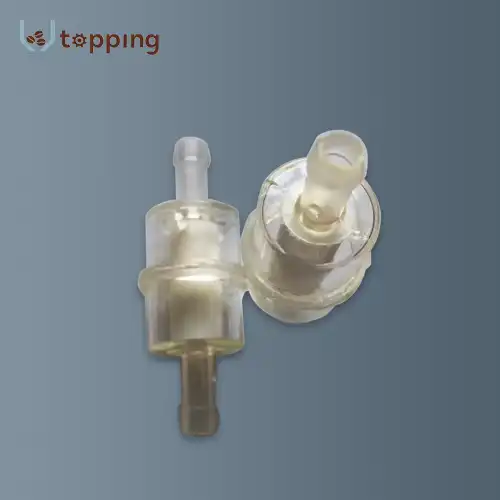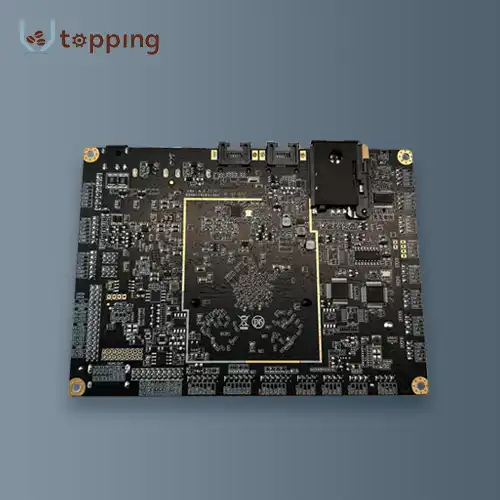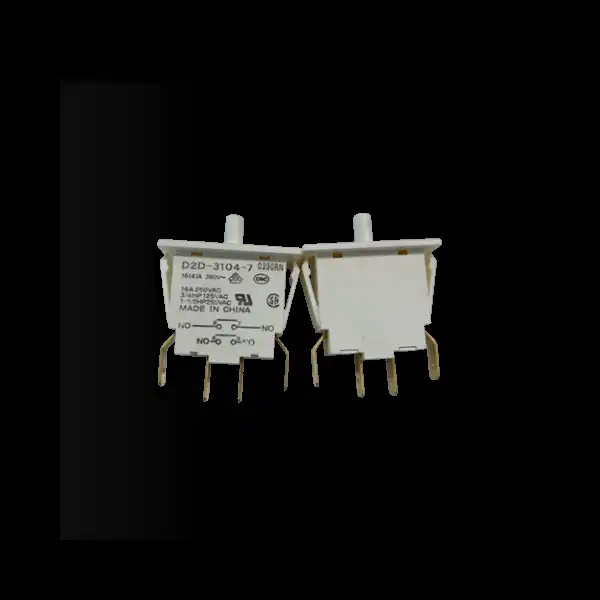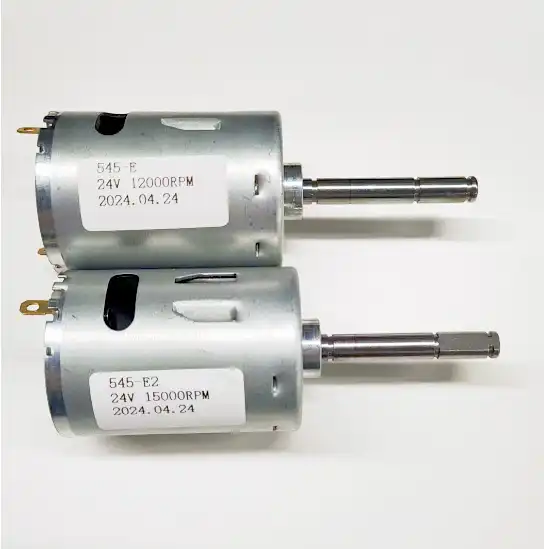Are Automatic Cup Dispensers More Efficient Than Manual Ones?
2024-07-02 10:17:56
Introduction
In the modern age of automation and convenience, the debate between automatic and manual vending machine cup dispenser has become increasingly relevant, especially within the context of vending machine operations. Both types of dispensers have their own set of advantages and drawbacks, impacting efficiency, cost, and user experience. This blog explores the efficiency of automatic cup dispensers compared to their manual counterparts, focusing on vending machine applications.

What Are the Benefits of Using Automatic Cup Dispensers in Vending Machines?
Automatic cup dispensers integrated into vending machines offer several advantages that enhance user convenience, operational efficiency, and overall customer satisfaction.
Convenience and Hygiene: Automatic cup dispensers eliminate the need for users to manually retrieve cups from separate dispensers or containers. This automation enhances convenience by providing a hassle-free experience, especially during busy periods or in high-traffic locations.
Reduced Contamination Risk: By automating cup dispensing, the risk of contamination from handling cups directly is minimized. This is particularly important in environments where hygiene standards are critical, such as hospitals, offices, or public spaces.
Space Efficiency: Integrating vending machine cup dispenser into vending machines optimizes space utilization. It eliminates the need for additional storage or display areas for cups, making the vending machine footprint more compact and efficient.
Improved Inventory Management: Automatic dispensers can be equipped with sensors or monitoring systems that track cup usage in real-time. This data helps vending operators optimize restocking schedules and maintain adequate inventory levels, reducing downtime and improving service reliability.
Enhanced User Experience: Quick and seamless access to cups contributes to a positive user experience. It simplifies the vending process, reducing wait times and frustration among customers, thereby increasing satisfaction and encouraging repeat usage.
Customization and Flexibility: Modern automatic cup dispensers offer customizable options to accommodate different cup sizes, types (e.g., hot or cold beverages), and specific vending machine configurations. This flexibility caters to diverse consumer preferences and operational needs.
Cost Efficiency: While initial investment costs may be higher for vending machines equipped with automatic cup dispensers, long-term operational efficiencies often justify the expense. Reduced labor requirements, minimized waste, and optimized inventory management contribute to overall cost savings.
Environmental Considerations: Some automatic cup dispensers are designed to promote sustainability by offering recyclable or biodegradable cup options. This aligns with growing consumer preferences for eco-friendly products and practices.
In conclusion, automatic cup dispensers in vending machines represent a significant advancement in vending technology, offering numerous benefits ranging from improved user convenience and hygiene to enhanced operational efficiency and cost-effectiveness. These systems not only streamline the vending process but also contribute to a better overall experience for customers while supporting sustainable practices and reducing operational challenges for vending operators.
How Do Automatic Cup Dispensers Compare to Manual Ones in Terms of Maintenance and Cost?
Automatic and manual cup dispensers offer distinct advantages and considerations in terms of maintenance requirements and cost implications.
Maintenance Requirements:
Automatic Cup Dispensers:
Automatic cup dispensers typically require less frequent maintenance compared to manual ones. They are often equipped with sensors or mechanisms that reduce the likelihood of jamming or mechanical failures. Routine maintenance involves periodic checks of sensors, replenishment of cups, and occasional cleaning to ensure smooth operation.
Manual Cup Dispensers:
Manual vending machine cup dispensers generally require more hands-on maintenance. They are prone to jamming, misalignment, or wear and tear due to frequent manual handling. Maintenance tasks include regular refilling of cups, manual adjustments to prevent jams, and cleaning to maintain hygiene standards. This manual intervention can increase labor costs and operational downtime.
Cost Implications:
Automatic Cup Dispensers:
Initial costs for installing automatic cup dispensers tend to be higher compared to manual options due to the advanced technology and automation involved. However, over the long term, they can lead to cost savings by reducing labor requirements, minimizing waste through controlled dispensing, and optimizing inventory management. These efficiencies contribute to lower operational costs and improved overall profitability.
Manual Cup Dispensers:
Manual cup dispensers generally have lower upfront costs compared to automatic systems. However, they may incur higher ongoing costs due to increased labor for maintenance and restocking. The risk of waste is also higher with manual dispensers, as users may take more cups than needed or mishandle them, leading to increased operational expenses over time.
User Experience and Operational Efficiency:
Automatic Cup Dispensers:
Automatic dispensers enhance user experience by providing quick and reliable cup dispensing without the need for manual handling. This contributes to faster service, reduced wait times, and increased customer satisfaction. From an operational standpoint, they streamline processes, minimize errors, and support seamless integration with vending machines or beverage stations.
Manual Cup Dispensers:
While manual dispensers may offer simplicity and lower initial investment, they require more manual effort from users and operators. This can lead to slower service, potential hygiene concerns from direct handling, and higher operational overhead. Despite lower upfront costs, their overall efficiency and user satisfaction may be compromised compared to automated alternatives.
In conclusion, the choice between automatic and manual vending machine cup dispenser depends on factors such as budget, operational needs, and desired user experience. Automatic systems offer advantages in terms of reduced maintenance requirements, enhanced operational efficiency, and long-term cost savings despite higher initial costs. Manual dispensers, while cheaper upfront, may incur higher maintenance and operational expenses over time, potentially impacting overall efficiency and customer satisfaction. Evaluating these factors carefully can help businesses choose the dispenser system that best suits their operational goals and financial considerations.
Are There Any Drawbacks to Using Automatic Cup Dispensers in Vending Machines?
Despite their many advantages, automatic cup dispensers are not without their drawbacks. One primary concern is the initial cost and complexity of installation. Businesses need to weigh the upfront investment against the long-term benefits. Additionally, automatic systems are more complex and may require specialized technicians for repairs, which can be costly and time-consuming (Candy Machines).
Another potential drawback is the reliance on technology. Automatic dispensers are more susceptible to malfunctions due to power issues or software glitches. In contrast, manual dispensers are simpler and less likely to fail, ensuring that the vending machine remains operational under a wider range of conditions (Vending.com).
User preference is also a consideration. Some customers may prefer the simplicity and reliability of manual dispensers, especially in environments where automation might seem unnecessary or overly complicated (Vending Insiders). Therefore, businesses must consider their specific operational context and customer base when deciding between automatic and manual cup dispensers.
Conclusion
Automatic vending machine cup dispenser provides significant efficiency advantages, including enhanced hygiene, reduced user error, and streamlined operations. However, they come with higher initial costs and potential technical challenges. Balancing these factors is crucial for businesses aiming to optimize their vending machine operations.
References
1.Vending.com. "Coffee Dispensers & Hot Beverage Vending Machines." Retrieved from vending.com
2.CandyMachines.com. "Koffee Karousel K-Cup Coffee Vending Machine." Retrieved from candymachines.com
3.Vending Machine Insider. "Do Coffee Vending Machines Provide Cups?" Retrieved from vendingmachineinsider.com
4.Vendex Machines. "K-Cup® Coffee Pod 16 Selection Merchandiser." Retrieved from vendexmachines.store
Send Inquiry
Related Industry Knowledge
- What is the specific working process of the Control Board For Vending Machine?
- How Do Dispensing Components Impact the Speed of Service in Vending Machines?
- How much of a difference does a coffee grinder make?
- What is the Brewing pressure of the coffee brewing Unit?
- Is a built-in coffee grinder worth it?
- What size sieve for removing fines from coffee?
- How Much Coffee Beans to Put in a Hopper?
- Do espresso machines have built-in grinders?
- Do coffee machines have grinders?
- What Is a Hopper on a Coffee Machine?

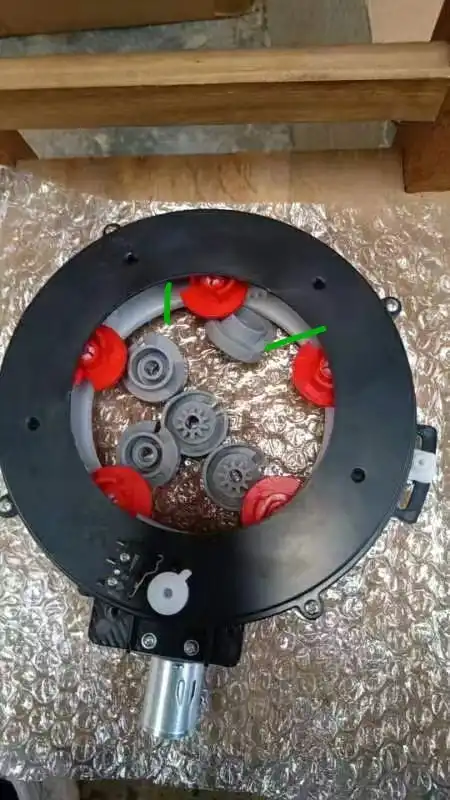
.webp)
.webp)
